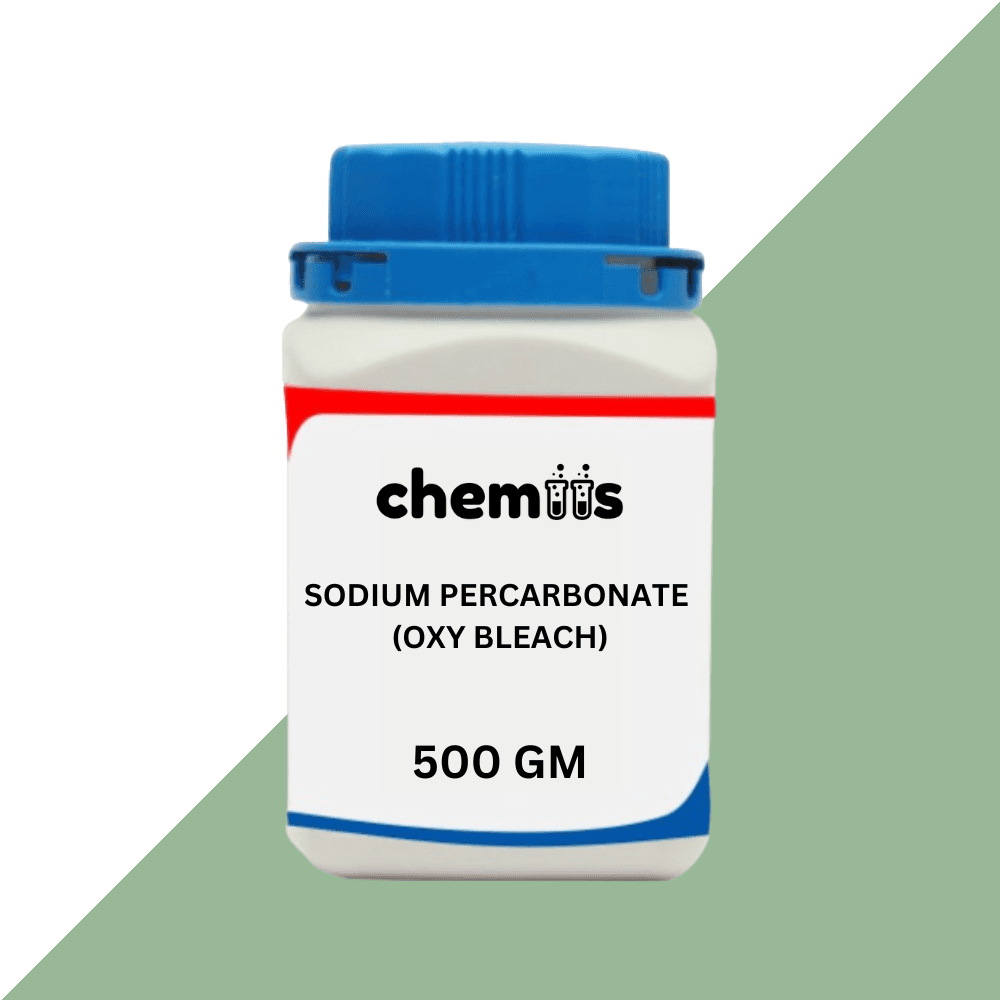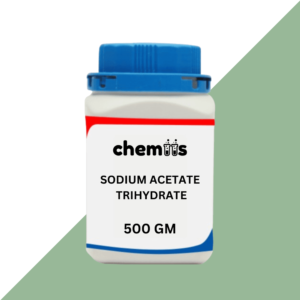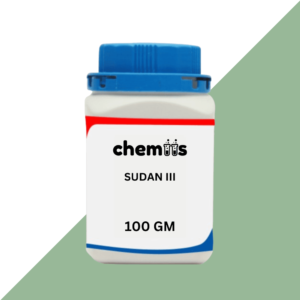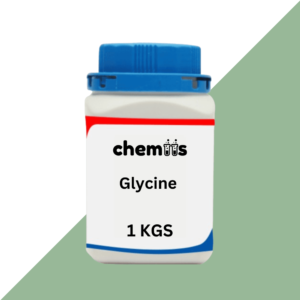Sodium Percarbonate, commonly known as Oxy Bleach, is a chemical compound that combines sodium carbonate (soda ash) with hydrogen peroxide. It is a powerful, eco-friendly bleaching agent and oxidizing agent. When dissolved in water, it releases hydrogen peroxide, which provides excellent stain-removal, whitening, and disinfecting properties. Sodium Percarbonate is widely used in laundry products, cleaning agents, and even in the food industry as a cleaning agent. It offers an effective alternative to traditional chlorine bleach, providing a non-toxic and environmentally safer option for cleaning, bleaching, and disinfection.
Applications of Sodium Percarbonate (Oxy Bleach)
1. Laundry and Fabric Care:
- Whitening Agent: Sodium Percarbonate is commonly used in laundry detergents and as a booster to whiten clothes, remove stubborn stains, and restore brightness to fabrics. It works effectively on grease, oil stains, wine, coffee, and other organic stains.
- Stain Removal: It is highly effective in removing stains from white and colored clothes without damaging the fabric. The oxygen released by sodium percarbonate helps break down organic stains at a molecular level, lifting dirt and grime from fibers.
- Oxygen Bleaching: As an oxygen-based bleach, it is a more environmentally friendly option than chlorine bleach, as it doesn’t produce harmful by-products or chlorinated compounds. It’s particularly safe for delicate fabrics.
2. Household Cleaning:
- All-purpose Cleaner: Sodium Percarbonate is used as an all-purpose cleaner in the household for general surface cleaning. It is effective in cleaning countertops, tiles, sinks, and bathtubs, removing dirt and stains without the need for harsh chemicals.
- Deodorizing: It is also effective in deodorizing fabrics, carpets, and upholstery. The oxygen released during the reaction helps neutralize odors, leaving spaces feeling fresh.
- Mold and Mildew Removal: Its disinfecting properties make sodium percarbonate useful in removing mold and mildew stains from various surfaces, particularly in bathrooms, kitchens, and laundry rooms.
- Tile and Grout Cleaner: Sodium percarbonate is often used to clean tile grout. Its oxidizing action lifts dirt and stains from grout lines, making it easier to scrub and restore grout’s original appearance.
3. Food Industry:
- Cleaning Agent: In the food industry, sodium percarbonate is used as a cleaning agent for food processing equipment, surfaces, and utensils. It can help remove food residues, grease, and bacteria without the use of toxic chemicals.
- Disinfection: Sodium Percarbonate is used in food contact surfaces to help disinfect and sanitize items like trays, cutting boards, and packaging materials. It breaks down into non-toxic by-products, making it a safe alternative to chlorine-based cleaners.
4. Pool Cleaning:
- Swimming Pool Maintenance: Sodium Percarbonate is sometimes used in swimming pool maintenance as an alternative to chlorine bleach. It helps to clean pool filters, remove algae, and disinfect pool surfaces without leaving harmful residues.
5. Industrial Applications:
- Bleaching in Textile Industry: In textile manufacturing, sodium percarbonate is used as a bleaching agent to whiten fabrics and remove stains from textiles, especially in eco-friendly production methods.
- Carpet and Upholstery Cleaning: Sodium Percarbonate is often used in industrial carpet cleaning products to break down tough stains and odors, providing an effective and gentle clean for upholstery and carpets.
6. Personal Care Products:
- Whitening Agent in Toothpaste: Sodium Percarbonate is sometimes used in toothpaste and other oral hygiene products as a mild abrasive and bleaching agent to help whiten teeth by breaking down stains caused by food and beverages.
- Skin Care: In some personal care products, it is used for exfoliation or as part of cleansing agents, due to its mild abrasive and cleansing properties.
Safety and Handling of Sodium Percarbonate (Oxy Bleach)
Hazards:
- Health Hazards: Sodium Percarbonate is generally considered to be safe, but it can cause irritation to the skin, eyes, and respiratory system. Inhaling dust or vapors can lead to irritation in the lungs or throat.
- Environmental Hazards: While it is a more eco-friendly bleach compared to chlorine-based bleaches, sodium percarbonate should still be handled with care to avoid large-scale environmental impacts if disposed improperly.
Precautions:
- Personal Protective Equipment (PPE):
- Gloves: It is important to wear gloves to avoid prolonged skin contact, as sodium percarbonate can cause skin irritation.
- Eye Protection: Always wear safety goggles or eye protection to prevent any splashes or dust from getting into the eyes.
- Respiratory Protection: If working with large quantities or in an environment where dust may be generated, use a dust mask or respirator to avoid inhalation.
- Protective Clothing: Wear appropriate work clothing or lab coats to prevent contact with clothing or skin.
- Handling:
- Storage: Store sodium percarbonate in a cool, dry place, away from moisture and heat sources. It should be kept in tightly sealed containers to prevent exposure to air or moisture, as it will begin to decompose and lose efficacy.
- Avoid Mixing with Acids: Sodium Percarbonate can decompose when mixed with acids, releasing oxygen and potentially causing a vigorous reaction. Keep it away from acidic substances.
- Handling Dust: Use appropriate measures to prevent dust generation, such as using it in well-ventilated areas or wetting the product if needed to reduce airborne particles.
First Aid Measures:
- Inhalation: If inhaled, move the person to fresh air immediately. If symptoms persist, seek medical attention.
- Skin Contact: In case of skin contact, wash with soap and water for at least 15 minutes. Seek medical attention if irritation persists.
- Eye Contact: If contact with eyes occurs, rinse immediately with plenty of water for 15-20 minutes. Seek medical attention if irritation continues.
- Ingestion: If ingested, rinse the mouth with water and drink plenty of water. Do not induce vomiting unless directed by a medical professional.
Disposal:
- Disposal Guidelines: Sodium percarbonate should be disposed of in accordance with local regulations. It is considered non-toxic but should not be disposed of in water sources in large amounts. Follow appropriate chemical waste disposal procedures.







Nikhil Malhotra (verified owner) –
Very well worth the money.
Isha Roy (verified owner) –
No leakage or damage.
Deeksha Iyer (verified owner) –
Excellent shipping speed.
Parth Joshi (verified owner) –
Support team is very polite.
Vishal Yadav (verified owner) –
Efficient and reliable.
Neha Kaur (verified owner) –
Trustworthy platform.
Ankur Tyagi (verified owner) –
Professional service.
Reema Das (verified owner) –
Excellent online store.
Aditi Menon (verified owner) –
Good quantity at good price.
Rahul Verma (verified owner) –
No leakage or damage.